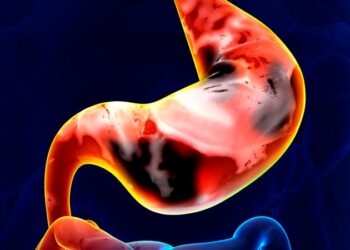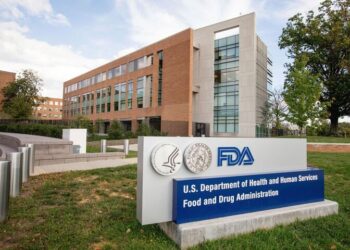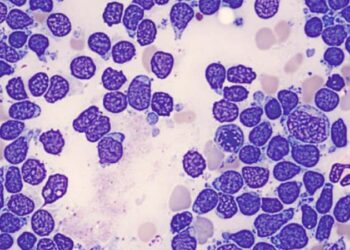Prompting pediatricians to provide caregivers with written guidance on prevention of food allergies for infants was more effective after clinicians received emails and visual reminders.
Email prompts and visual reminders can raise the likelihood pediatricians will provide parents the handouts, a new study found.
Asking nurses to provide handouts about food allergies appeared to work even better, boosting distribution rates to roughly 60%, according to the researchers, who presented at the American Academy of Allergy, Asthma, and Immunology 2025 Annual Meeting.
“The participation of pediatricians and family medicine physicians in disseminating this information is vital,” said Catherine Monteleone, MD, a professor of medicine in the Division of Infectious Diseases, Allergy, and Immunology at the Robert Wood Johnson Medical School of Rutgers Health in New Brunswick, New Jersey, who was not involved in the study.

An estimated 1 in 13 children in the United States has a food allergy, according to the Centers for Disease Control and Prevention.
Guidelines recommend exposing infants of age 6 months to egg, peanut, and other potentially allergenic foods like soy and wheat.
But efforts to execute the guidelines have been primarily focused on educating primary care clinicians via statements and research articles, said Andriana La Mantia, MD, a pediatric resident at Nationwide Children’s Hospital in Columbus, Ohio, who led the study.
The result has been inconsistency and variation in implementation, La Mantia said. A 2020 study found that 93% of pediatricians were aware of prevention guidelines for peanut allergies, but less than 30% followed them as published with few deviations.
“Poor implementation of guidelines may lead to delayed food introduction, increasing the risk of developing food allergies,” La Mantia said.

La Mantia and her team created information handouts for caregivers on safely introducing nine common allergenic foods during infant well visits. The study took place at two outpatient teaching clinics in Columbus, Ohio, over a 7-month period starting in January 2024.
Distribution rates were inconsistent at the start of the trial, ranging from 10% to 30% across clinics. Adding visual reminders at clinic workstations resulted in an improvement to 40% by the end of week 13. Within a week of adding nurses to the email reminder list, distribution rates rose to more than 60% before leveling off at about 50%.
“Pediatricians have incredibly busy schedules and limited appointment time, making it challenging to discuss all health recommendations in depth with each family,” La Mantia said. “We implemented our handout in the primary care setting to educate families in a more uniform and time efficient manner, while also promoting discussion and clarification about the topic directly with their trusted provider.”
Monteleone said building reminders to give families handouts through electronic health records might boost rates even more.
“Although this research is promising, how it can be expanded to busy outpatient family medicine and pediatric offices in nonmedical school settings is not clear,” she said.
La Mantia and Monteleone reported no disclosures. The study was self-funded.
Brittany Vargas is a medicine, mental health, and wellness journalist.
Source link : https://www.medscape.com/viewarticle/pediatricians-need-help-getting-food-allergy-prevention-2025a10005x8?src=rss
Author :
Publish date : 2025-03-11 12:42:00
Copyright for syndicated content belongs to the linked Source.














